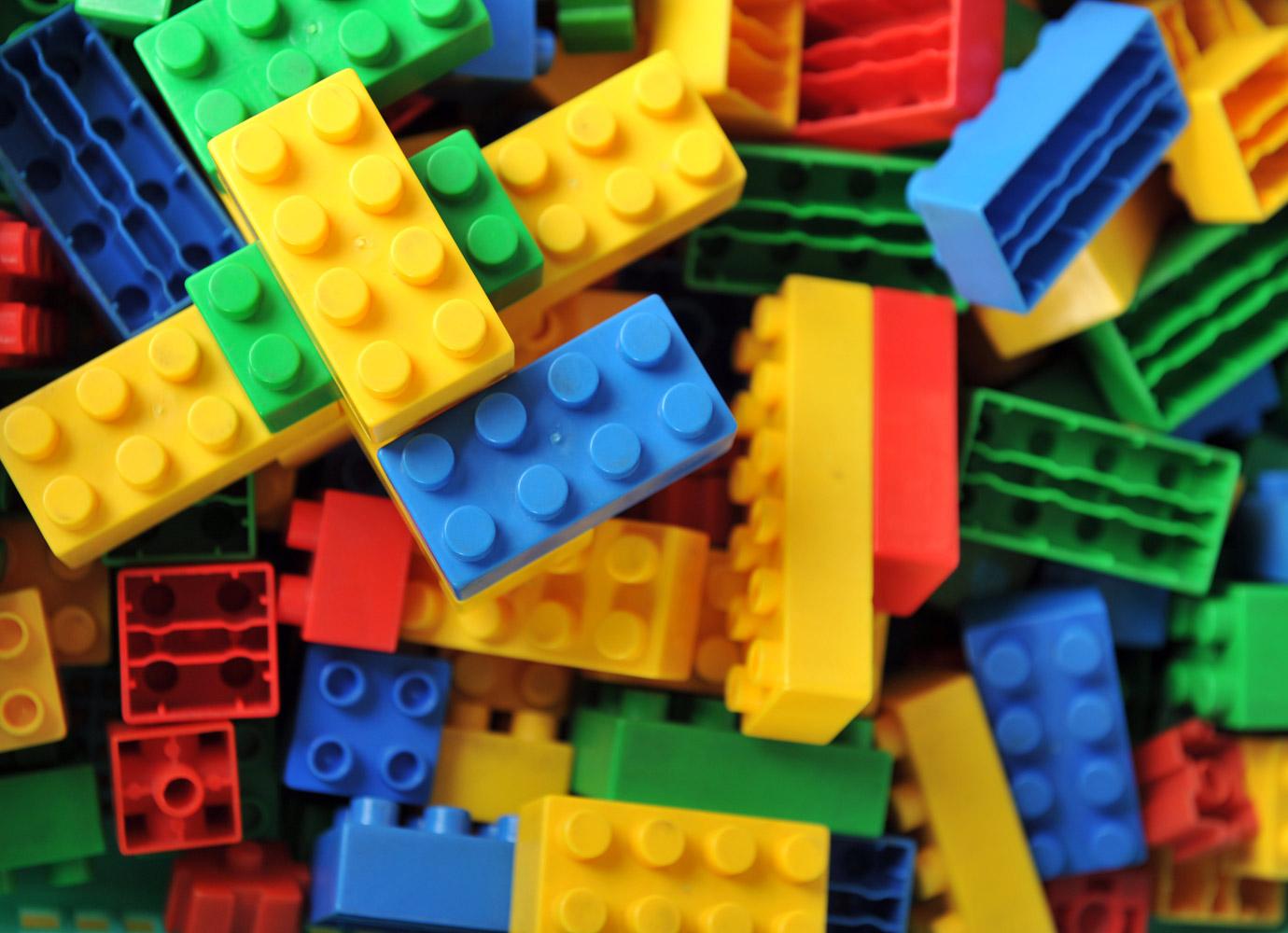
McPherson Magnet's STEM Program
PROJECT LEAD THE WAY - K-5th Launch and 6th-8th Gateway
What is STEM?
McPherson students inspired hundreds of educators during Project Lead the Way's conference held recently in Anaheim.
Kindergarten Launch
Essential Questions: How can a step-by-step process help you design or improve a solution to a problem? How do materials impact the structure and function of an object?
Real-world scenario: Kinder students will design a new kind of paintbrush for a specific purpose.
Beanstalk Designs
Design a House
Golden Egg
First Grade Launch
Essential Questions: What are the properties of light and sound? How can people communicate over a distance?
Real-world scenario: Students will build a device using light and sound a lost group of hikers can use to communicate over a distance.
Can You Hear Me Now?
Color
Teamwork
Second Grade Launch
Essential Questions: How can Earth events change the shape of the land? Why should engineers prevent or reduce the impact of erosion?
Real-world scenario: Students will design solutions to limit the impact of erosion on a fictional community.
Google Earth
Map Skills
Erosion Tests
Third Grade Launch
Essential Questions: In what ways do forces impact our world? How do balanced and unbalanced forces affect aircraft flight?
Real-world scenario: Students will apply the steps of the design process to solve the problem of airlifting supplies to a remote area.
Does It Balance?
Lift Off!
Glider Trials
Fourth Grade Launch
Essential Questions: How are potential and kinetic energy related? What happens to energy during a collision?
Real-world scenario: Students will design a vehicle restraint system using VEX parts.
Energy
Collisions
Save the Egg!
Fifth Grade Launch
Essential Questions: How can medical professionals use patient symptoms to diagnose illness? How can scientists determine how a germ spreads through a group of people?
Real-world scenario: Students will determine the path of transmission of an infection that is spreading through a fictional school.
Germs, Germs, Germs
Which Soap Works Best?
Healthy Bodies
6th Grade Gateway
Essential Questions: How is the design process used to effectively develop a design solution that solves a problem or addresses a design opportunity? Why is communication of design ideas with teams and with stakeholders important throughout the design process?
Design and Modeling provides students opportunities to apply the design process to creatively solve problems. Students work in teams to identify design requirements, research topics, and engage stakeholders. They establish team norms, collaborate, and recognize that solving authentic problems requires creativity, communication, and using their brains.
Design Challenge
Measurement
Puzzle Cubes
7th Grade Gateway
Essential Questions: How do computer scientists design and develop mobile apps that meet desired needs? What does effective teamwork look like?
App Creators allows 7th grade students to explore and learn the concepts of computational thinking through the creation of mobile apps. They also apply skills pertaining to the design process, problem solving, collaboration, and communication. This course conveys the positive impact of computer science to society.
Digital Doodle
Algorithms
Charades
8th Grade Gateway
Essential Questions: Why are different flight vehicles designed differently? What makes an airplane fly? What is an airfoil?
This 8th grade middle school course is a progression in the study of aeronautics, from history of flight to types of jobs in the industry to designing and building various aeroplanes. Students work toward the culminating activity of digitally designing, tweaking, and fine tuning a glider optimized for flight, then building the glider using balsa wood to specs for their digital plane.
Flight Vehicles
Wing Design
Airfoil
McPherson Magnet School
Email: jerven@orangeusd.org
Website: mcphersonhome.meteormail.net
Location: 333 So Prospect
Phone: 714-997-6384
Twitter: @McPhersonMagnet




























